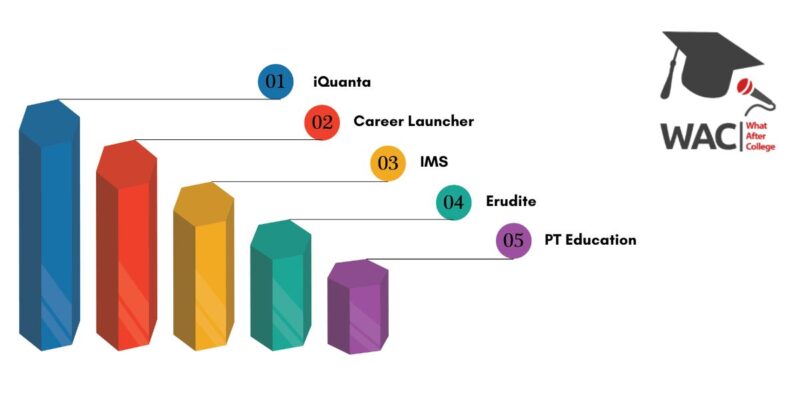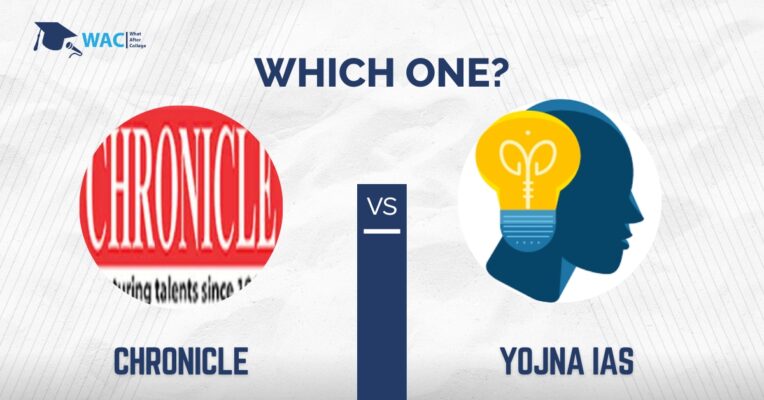why study in the usa?
t’s a cliché, but size really does matter in American higher education. And so does scope.
There are over 4,500 universities and other higher education providers in the USA. Only around 1,700 of them offer Masters-level degrees (which narrows things down slightly). But there’s still a huge variety of institutions to choose from.
American graduate programs are world-renowned for their comprehensive approach to postgraduate education, combining enhanced subject knowledge and research opportunities with the development of a suite of transferrable skills.
Here are some of the best reasons to consider a Masters in America this year:
- World-class universities – American institutions dominate the global rankings for universities – out of the top 50 in Times Higher Education’s league, 24 are based in the US. Find out more about postgraduate rankings in the USA.
- International outlook – America is by far the most popular destination for international students, and with good reason – its institutions offer an unparalleled breadth of qualifications to choose from.
- Funding opportunities – It’s true that Masters in America won’t necessarily be cheap, but this doesn’t mean that there aren’t plenty of funding opportunities for talented overseas students.
| Masters Study in the USA – Key Details | |
|---|---|
| Universities | 4,583 |
| Oldest University | Harvard University (1636) |
| International Students | 971,417 |
| Course Length | 2 years |
| Average Fees | $20,000-35,000 (at public universities) |
| Academic Year | September to June |
process for acquiring usa student visa (Masters degree)
The USA may have a fairly strict immigration system, but the country welcomes huge numbers of international students each year. In fact, over 900,000 people study abroad in the USA. That’s more than the UK and France combined!
Provided you’re a genuine student, you shouldn’t have any problem gaining a visa for postgraduate study in the USA.
What visa will I need to study in the USA?
The US Department of State grants two different kinds of student visa:
- The M-1 visa is for non-academic vocational training programmes.
- The F-1 visa is for attendance at universities and other higher education institutions.
You will need an F-1 visa to study a Masters in the USA.
What is an F-1 student visa?
If you are studying towards an academic qualification conferred by a US institution, you will need an F-1 visa.
This applies even if your time in the US would otherwise be covered under a visa waiver programme or through another existing visa (such as a B visitor visa).
In normal circumstances an F1 visa will be valid for the duration of your program, as defined by your higher education institution.
Note that the F1 visa is usually only granted to students on full-time programmes.
What is the application process for an F-1 student visa?
There are several stages to the application for an F1 student visa, but the overall process is very logical.
The following are the normal steps involved in receiving an F1 visa for study in the USA:
- Be accepted to study at an SEVP approved institution – To get a US student visa, you must have successfully applied to a higher education institution approved by the US Department of Homeland Security’s Student and Exchange Visitor Programme (SEVP).
- Enrol in the Student and Exchange Visitor Information System – This will occur once you have been accepted by an SEVP approved institution, but will require the payment of a SEVIS I-901 fee (usually $200 for an F-1 visa application). At this point your institution should also provide you with a Form I-20, confirming your acceptance and student status. You will need to present this at your interview.
- Complete a Non-immigrant Visa Application online – This will require you to complete Form DS-160 and print its confirmation page ready to present at your interview. At this stage you will also need to upload a suitable photograph of yourself. Your photo should be in colour, less than six months old and provide a full, unobscured view of your face in front of a white background; further guidelines are available at the US Department of State website.
- Arrange an interview at a US consulate or embassy in your home country – Interviews will usually be required for all applicants aged between 14 and 79. You will need to bring your passport, together with your Form I-20 and the confirmation page of your form DS-160 (see above). Your interview will be used to confirm that you are entitled to the F-1 visa and that your travel and study intentions are legitimate. In some cases you may need to provide copies of academic transcripts proving your existing qualifications and academic background, but acceptance at a recognised university should usually be sufficient for this. Your interviewer may record a digital fingerprint from you – this is a normal security procedure. Once your interview is complete you will be informed about the process and timescale for issuing your F-1 visa.
- Pay any additional fees – Depending on your nationality, you may need to pay a visa application fee prior to or at your interview and a visa issuance fee once your visa is approved. If paying for your visa application in advance, you will need to bring the receipt to your interview, above. The embassy or consulate you apply to will be able to provide more information on the requirements and procedure for fee payments. You can also look up fees for visa services at the US Department of State website.
- Collect your visa – The timescale for issuing a visa can vary between nationalities and from person to person. In most cases your documents will either be delivered to you by recorded courier, or made available for collection at the embassy or consulate that interviewed you. Read more about approximate visa wait times. Once you have your visa you can prepare to begin your Masters in the USA!
What documents are required for an F-1 visa application?
As you can probably tell from the above, you’ll have acquired quite a collection of different documents by the time you’ve completed your visa application.
The following checklist should help you keep track of things.
You’ll definitely need:
- Your passport – You should already have this. Or your mum might have it. Either way, you need it. Don’t lose it.
- Form I-20 – You should get this from your university once you’ve paid the SEVIS I-901 registration fee. It basically proves that you’ve been accepted as a student in the USA and recorded as such.
- Form DS-160 – You complete this online as the first part of your actual visa application. Print out the confirmation page for your interview.
- Receipts for fee payments – If you’ve paid a visa application fee before your interview, bring your receipt. It’s a good idea to keep hold of other receipts related to visa fees too.
You might need:
- Academic transcripts – You’ve probably already sent these to your university as part of the application for your Masters. Your visa interviewer probably won’t need to see them once you’ve been accepted as a student, but it won’t hurt to keep copies handy.
- Proof of financial support – Your interviewer may want to confirm that you can support yourself during your studies. Evidence of relevant scholarships / assistantships or other existing financial resources should demonstrate this.
Additional restrictions and requirements
Most legitimate students will receive a visa to study in the USA without difficulty.
Individuals with certain criminal convictions may be denied a US visa. This restriction covers prosecutions for drug use, serious crimes against person or property, or periods of imprisonment exceeding five years.
Citizens of states regarded by the US government as sponsors of terrorism should also contact a US embassy or consulate to inquire as to whether any additional restrictions apply to them when applying for a student visa.
Top ranking usa universities for higher education
Top Ranked US Universities
The following table gives the top 20 universities in the USA, based on global university rankings.
This information is based on the latest rankings tables, researched and published by Times Higher Education, QS and the Academic Ranking of World Universities (ARWU). For more information on using international rankings as a postgraduate, see our guide.
| University | THE 2019 | QS 2019 | ARWU 2018 |
|---|---|---|---|
| Stanford University | 3 | 2 | 2 |
| Massachusetts Institute of Technology | 4 | 1 | 4 |
| California Institute of Technology | 5 | 4 | 9 |
| Harvard University | 6 | 3 | 1 |
| Princeton University | 7 | 13 | 6 |
| Yale University | 8 | 15 | 12 |
| University of Chicago | 10 | 9 | 10 |
| Johns Hopkins University | =12 | 21 | 18 |
| University of Pennsylvania | =12 | 19 | 16 |
| University of California, Berkeley | 15 | 27 | 5 |
| Columbia University | 16 | 16 | 8 |
| University of California, Los Angeles | 17 | 32 | 11 |
| Duke University | 18 | 26 | 26 |
| Cornell University | 19 | 14 | 12 |
| University of Michigan | 20 | 20 | 27 |
| Carnegie Mellon University | 24 | 46 | 91 |
| Northwestern University | 25 | 34 | 25 |
| New York University | 27 | 43 | 32 |
| University of Washington | 28 | 66 | 14 |
| University of California, San Diego | 30 | 41 | 15 |








